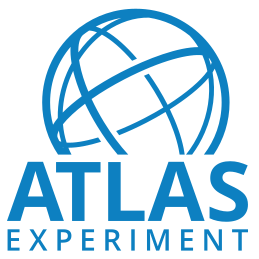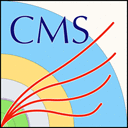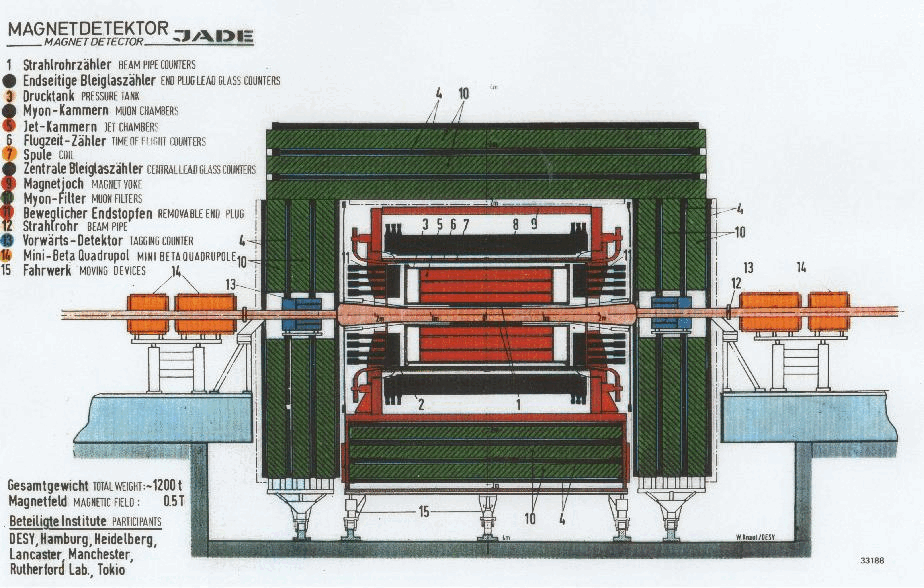Analysis of the di-muon spectrum using data from the CMS detector taken in 2012
Cite as: Wunsch, Stefan; (2019). Analysis of the di-muon spectrum using data from the CMS detector taken in 2012. CERN Open Data Portal. DOI:10.7483/OPENDATA.CMS.AAR1.4NZQ
Software Analysis CMS CERN-LHC
Description
This analysis takes data from the CMS experiment recorded in 2012 during Run B and C and extracts the di-muon spectrum. The di-muon spectrum is computed from the data by calculating the invariant mass of muon pairs with opposite charge. In the resulting plot, you are able to rediscover particle resonances in a wide energy range from the $\eta$ meson at about 548 MeV up to the Z boson at about 91 GeV.
The analysis code opens an interactive plot, which allows to zoom and navigate in the spectrum. Note that the bump at 30 GeV is not a resonance but an effect of the data taking due to the used trigger. The technical description of the dataset can be found in the respective record linked below.
The result of this analysis can be compared with an official result of the CMS collaboration using data taken in 2010, see the plots below:


Use with
The analysis can be run with the following dataset:
DoubleMuParked dataset from 2012 in NanoAOD format reduced on muons
Related items
DoubleMuParked dataset from 2012 in NanoAOD format reduced on muons
/DoubleMuParked/Run2012B-22Jan2013-v1/AOD
Characteristics
2 files. 123.7 KiB in total.System details
This code can be used with the CMS Open Data VM environment.ROOT 6.16 or later
How can you use this?
The analysis can be run with a plain ROOT installation, either installed locally or taken from the CMS Open Data VM environment. Follow the respective link in the related items section for the VM or go to root.cern for instructions how to install locally.
In case your system has a CVMFS installation, or you can use the CMS Open Data VM environment, you can set up the needed software sourcing an LCG software release with following setup script:
source /cvmfs/sft.cern.ch/lcg/views/LCG_95/x86_64-slc6-gcc8-opt/setup.sh
Note that you may have to replace x86_64-slc6-gcc8-opt with a platform matching your system.
To download the files, you can either use directly the web browser or the following command.
git clone git://github.com/cms-opendata-analyses/DimuonSpectrumNanoAODOutreachAnalysis -b v1.4
The code of the analysis is provided in C++ and Python, which provide the exact same result. The instructions to run the code are shown below:
Python (notebook):
The notebook is run in the web browser and can either be executed locally or via binder. To run locally, use the following command in the directory with the notebook file.
jupyter notebook
To run the analysis in binder, click on the badge below.
Python (interactive graphics):
Note the -i flag, which keeps the Python interpreter alive after the end of the script so that the interactive plot can still be explored.python -i dimuonSpectrum.py
C++ (interactive graphics):
root -l dimuonSpectrum.C
C++ (compiled):
Note that you have to select the compiler based on your system.g++ -O3 -o dimuonSpectrum dimuonSpectrum.C $(root-config --cflags --libs)./dimuonSpectrum
The scripts download the file on demand using the XRootD protocol. However, with a limited internet connection, you can download the file upfront and link to the local file in the code. Use the following command to download the file:
xrdcp root://eospublic.cern.ch//eos/opendata/cms/derived-data/AOD2NanoAODOutreachTool/Run2012BC_DoubleMuParked_Muons.root .
Updated on December 1st 2022. New version v1.4 is provided with an updated notebook file dimuonSpectrum.ipynb.
Source code repository
https://github.com/cms-opendata-analyses/DimuonSpectrumNanoAODOutreachAnalysisFiles and indexes
Disclaimer
These open data are released under the GNU General Public License v3.0.
Neither the experiment(s) ( CMS ) nor CERN endorse any works, scientific or otherwise, produced using these data.
This release has a unique DOI that you are requested to cite in any applications or publications.








